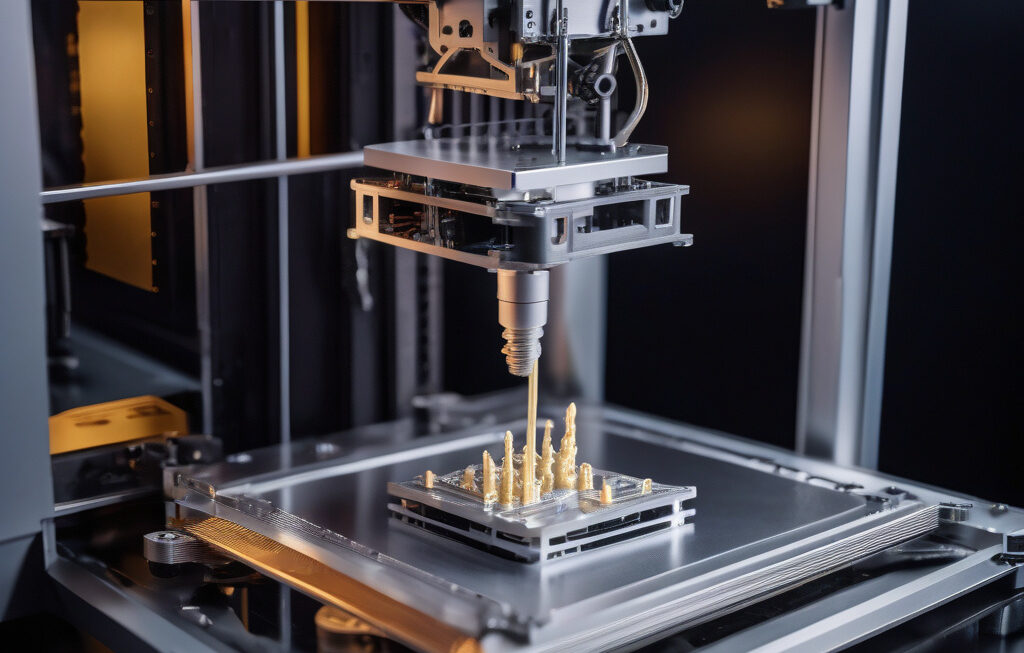100-Year-Old Crystal Mystery Cracked by US Scientists; Could Unlock Next-Gen Batteries
For more than a century, scientists have relied on crystallography—analyzing X-ray diffraction patterns—to uncover the mysteries held within crystalline structures. Recently, a team of US scientists made a groundbreaking discovery by decoding a 100-year-old crystal mystery that could potentially revolutionize the energy storage industry.
The crystal in question, known as bismuth vanadate, has puzzled researchers since its discovery due to its exceptional properties that make it a promising candidate for next-generation batteries. However, understanding its complex structure proved to be a formidable challenge until now.
Through advanced imaging techniques and computational modeling, the team was able to unravel the intricate arrangement of atoms within the crystal lattice. This breakthrough not only solved a long-standing scientific enigma but also opened up a world of possibilities for leveraging bismuth vanadate in energy storage applications.
One of the most exciting implications of this discovery is the potential for developing high-performance batteries that could revolutionize the way we power our devices. By harnessing the unique properties of bismuth vanadate, such as its high electrical conductivity and stability, researchers believe that they can create batteries that are more efficient, durable, and environmentally friendly than current lithium-ion technologies.
In addition to its applications in batteries, bismuth vanadate holds promise for catalyzing reactions in renewable energy systems, such as water splitting for hydrogen production. This could play a crucial role in advancing the transition to a more sustainable energy landscape by enabling the storage and utilization of renewable resources on a larger scale.
The implications of cracking the 100-year-old crystal mystery extend beyond the realm of energy storage. By gaining a deeper understanding of bismuth vanadate’s structure and properties, scientists can apply this knowledge to various other fields, including electronics, photonics, and materials science.
Furthermore, this achievement underscores the importance of continued investment in basic scientific research. The journey to unlocking the secrets of bismuth vanadate required years of dedication, collaboration, and innovation, highlighting the value of curiosity-driven exploration in pushing the boundaries of human knowledge.
As we stand on the cusp of a new era of technological advancements, fueled by discoveries like this one, it is clear that the possibilities are endless. From powering the devices of tomorrow to driving the transition to a sustainable energy future, the implications of cracking the 100-year-old crystal mystery are nothing short of transformative.
In conclusion, the breakthrough made by US scientists in decoding the enigmatic properties of bismuth vanadate represents a significant milestone in the fields of materials science and energy storage. By unraveling this century-old crystal mystery, researchers have set the stage for the development of next-generation batteries that could reshape the way we think about energy. As we look ahead to a future powered by innovation and discovery, the potential unlocked by this groundbreaking research is boundless.
crystallography, bismuthvanadate, energyrevolution, materialscience, sustainablefuture












